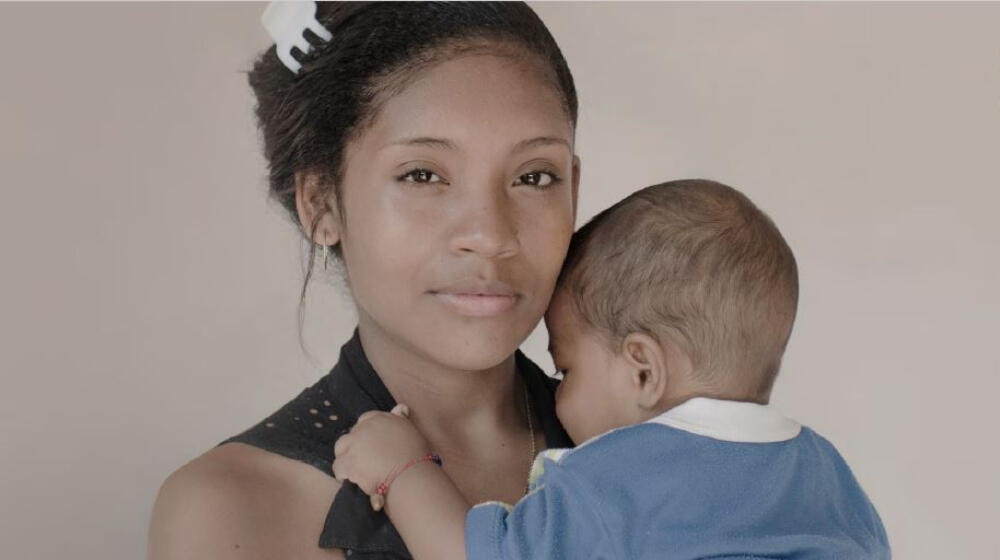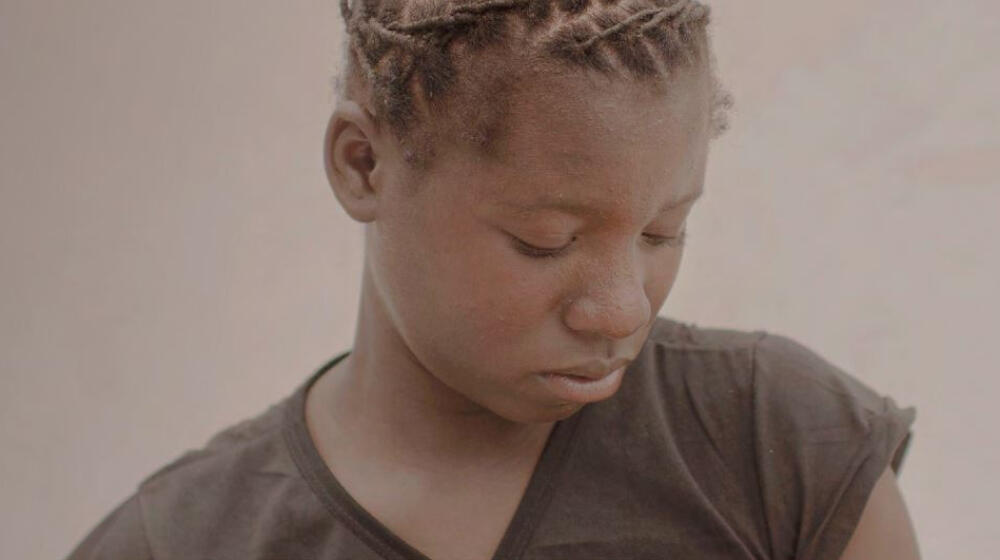In the 25 years since the 1994 International Conference on Population and Development, significant progress has been made in adolescent sexual and reproductive health and rights (ASRHR). Trend analysis of key ASRHR indicators at global, national, and subnational levels indicates that adolescent girls today are more likely to marry later, delay their first sexual experience, and delay their first childbirth, compared with 25 years ago; they are also more likely to use contraceptives. Despite overall progress, however, unequal progress in many ASRHR outcomes is evident both within and between countries, and in some locations, the state of adolescents’ lives has worsened. Population growth in countries with some of the worst shortfalls in ASRHR mean that declining rates, of child marriage, for example, coexist with higher absolute numbers of girls affected, compared with 25 years ago. Emerging trends that warrant closer attention include increasing rates of ovarian and breast cancer among adolescent girls and sharp increases in the proportion of adolescents who are overweight or obese, which has long-term health implications.
This supplement in the Journal of Adolescent Health, developed by technical teams at WHO and UNFPA, along with governments, academia, civil society, and funding organizations, identifies key areas of action to make progress on in the decade ahead.
In this video, young people celebrate gains, confront barriers, and identify key areas of action for countries and key stakeholders to build on progress in the critical decade ahead.




